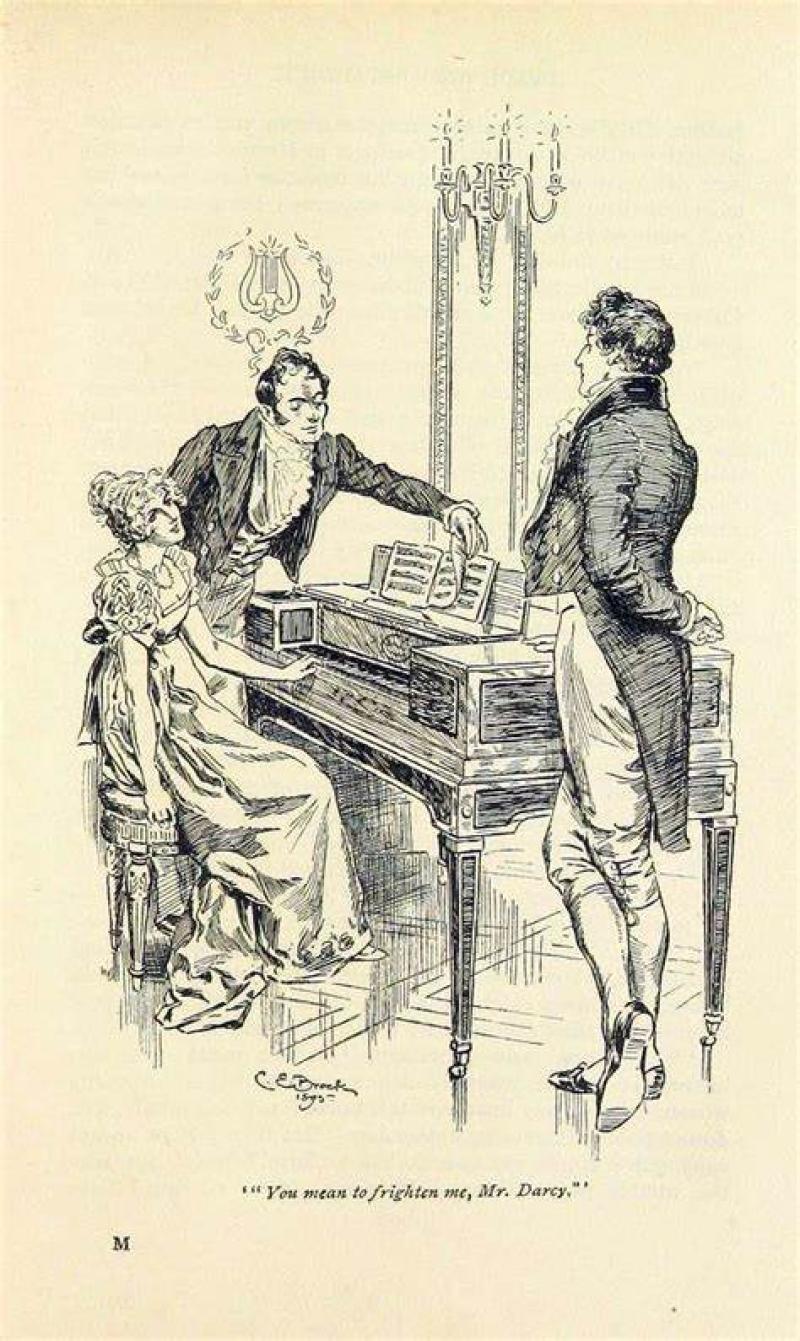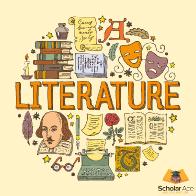WHO INSPIRED PRIDE AND PREJUDICE'S MR. DARCY?
By: Anna-Christina Rod Østergaard

WHO INSPIRED PRIDE AND PREJUDICE'S MR. DARCY?
WHO WAS THE INSPIRATION BEHIND PRIDE AND PREJUDICE'S MR. DARCY? – IT’S PROBABLY NOT WHO YOU THINK

Illustration by Charles Edmund Brock (1870-1938) for Pride and Prejudice by Jane Austen (1775-1817) (London: Macmillan & Co, 1895)
If you have ever read Jane Austen’s classic Pride and Prejudice (and let’s be honest, probably re-read many a time over), you may be one of those who have marvelled at the character of Fitzwilliam Darcy, the hero to deserve our heroine Elizabeth Bennet. If you have, you are not alone. A virtual ‘cult’, within the Jane Austen-fandom, has grown up around the character of Mr. Darcy.
Thus, it is perhaps no surprise that much speculation has centred on who might have been the original source of inspiration for Austen when she invented Pride and Prejudice's popular hero. Often, the chief candidate for this has been named as a young, Irish law-student, Tom Lefroy. This is perhaps unsurprising, due to the facts that he is the most well-documented romantic interest of Austen’s and that she began writing Pride and Prejudice shortly after their brief courtship.
However, I would like to argue for another view on the matter; that Lefroy was probably more of an inspiration for Pride and Prejudice's George Wickham than he was for Fitzwilliam Darcy. I say this, fully recognizing that it may be an unwelcome idea to some. With the 2007 film ‘Becoming Jane', the romantic dramatization of the Austen/Lefroy love-story, Lefroy has been expertly imbedded in the popular consciousness as the great love of Austen’s life.
However breath-taking and well-acted ‘Becoming Jane’ was, there is little to suggest it is more that a mere fiction. What we do know of this chapter of her life, is that they met whilst he was visiting relatives who also happened to be neighbours of Jane. They danced together, flirted, laughed and sparked a fair measure of local gossip by their behaviour. We know this mostly from Jane’s own letters in which she jokes about expecting an offer of marriage from him. Or was she secretly being serious? Whatever she was actually wanting or expecting, it all came to nothing. Neither Lefroy nor Jane were rich enough to justify them marrying, and has been suggested that his family took some steps to discourage Lefroy from flirting further with Jane.
Very little of bitterness towards Lefroy exists in those letters of Austen’s which survive. And I do not personally believe that Jane Austen harboured deep resentment towards him in her later life. Still, there is a common theme present within mostly all of her novels, including Pride and Prejudice; young, charming, witty, flattering men are not to be trusted. They will disappoint or fall short of morality sooner or later. Only consider, George Wickham, John Willoughby, Frank Churchill and William Elliot.
There are several inconsistencies when attempting to parallel the two relationships. Jane and Lefroy take an immediate liking to one and other. Elizabeth Bennet and Darcy most certainly do not. Lefroy was out-going, charming, lively and a keen dancer. Darcy, famously, is none of these things. These factors are in fact much more aligned with the character of Wickham in the novel. As I said, I do not believe Austen felt the same level of disgust towards Tom Lefroy as the character of Wickham, or Willoughby or Elliot, are set up to inspire in her readers. Rather, I believe Jane was telling us all not to trust in what is obviously charming and delightful; to look beyond first impressions of our own love-interests and see what valuable things may lie obscured behind what is awkward, withdrawn and un-flattering.
Anna-Christina Rod Østergaard is 26-year-old university student, currently reading for a master’s degree in English and Philosophy at Aalborg University in Denmark. She r eads every Austen novel at least once a year and rarely reads a book that is less than a century old. She is a lover of history, literature, folklore, fairy-tales and, of course, Jane Austen. If you, like Anna-Christina would like to make a contribution to the Jane Austen blog, read our instructions on how to Submit a Blog
The Code of Conduct and Terms of Service must be complied with.
Anything posted about current politics or religion not relevant to Jane Austen and/or the topics referred to in the group description above will be deleted as "off topic".
Videos or images or links to sources that the Administration cannot open must be described or explained when requested or they will be deleted.







I agree with the author's supposition that Lefroy was most likely the inspiration for Wickham, although I doubt that Lefroy had an evil character as Wickham did. What seems to be missing from the article is who the author thinks COULD be the inspiration for Darcy, because in a way the title is misleading.
I believe the Brock image is of the time Lizzie was at the mansion of Lady Catherine de Burgh, and playing piano at her insistence. I assume that Darcy is turning the page while Darcy's cousin Col. Fitzwilliam is watching.
I would have switched the roles of the gentlemen. Colonel Fitzwilliam showed much more overt and friendly, even flirtatious, interest in Lizzie's company at the time than Darcy did. Turning her pages for her would have been the perfect excuse for him to be close enough to her to continue their flirtation.
Okay, good point. I had the time and place and people present and why right, but it's just that in at least the Kiera Knightly movie Fitzwilliam was a little portly, and Darcy was slim.